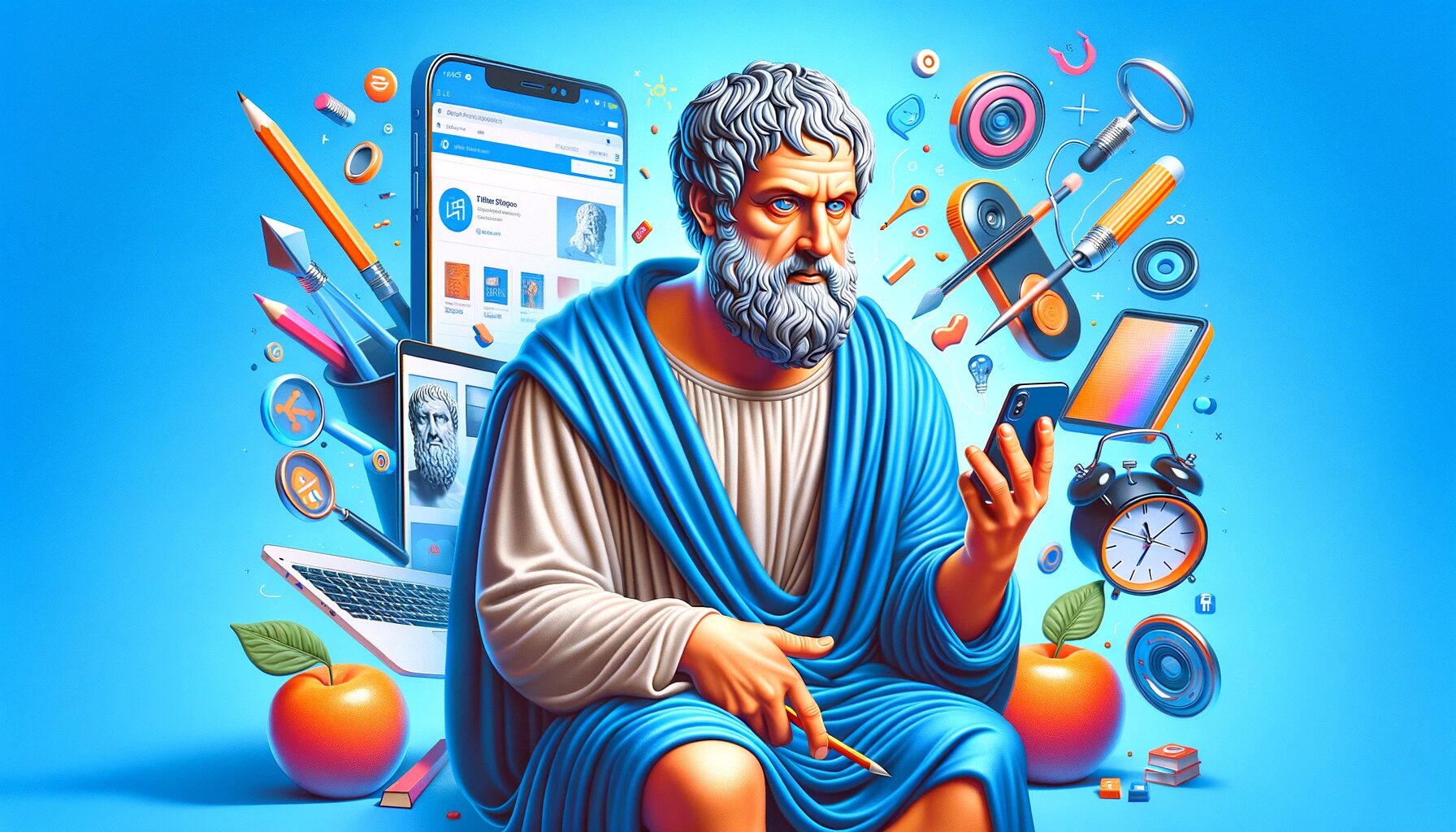Ethos, Pathos, and Logos: The 3 Secrets of the Ad Gods
🎵 Like a good neighbor, State Farm is there 🎵
Have you ever wondered why certain ads linger in your mind long after you’ve seen them while you instantly forget others?
The answer lies in an ancient Greek formula, still powerfully relevant in today’s digital advertising world: ethos, pathos, and logos.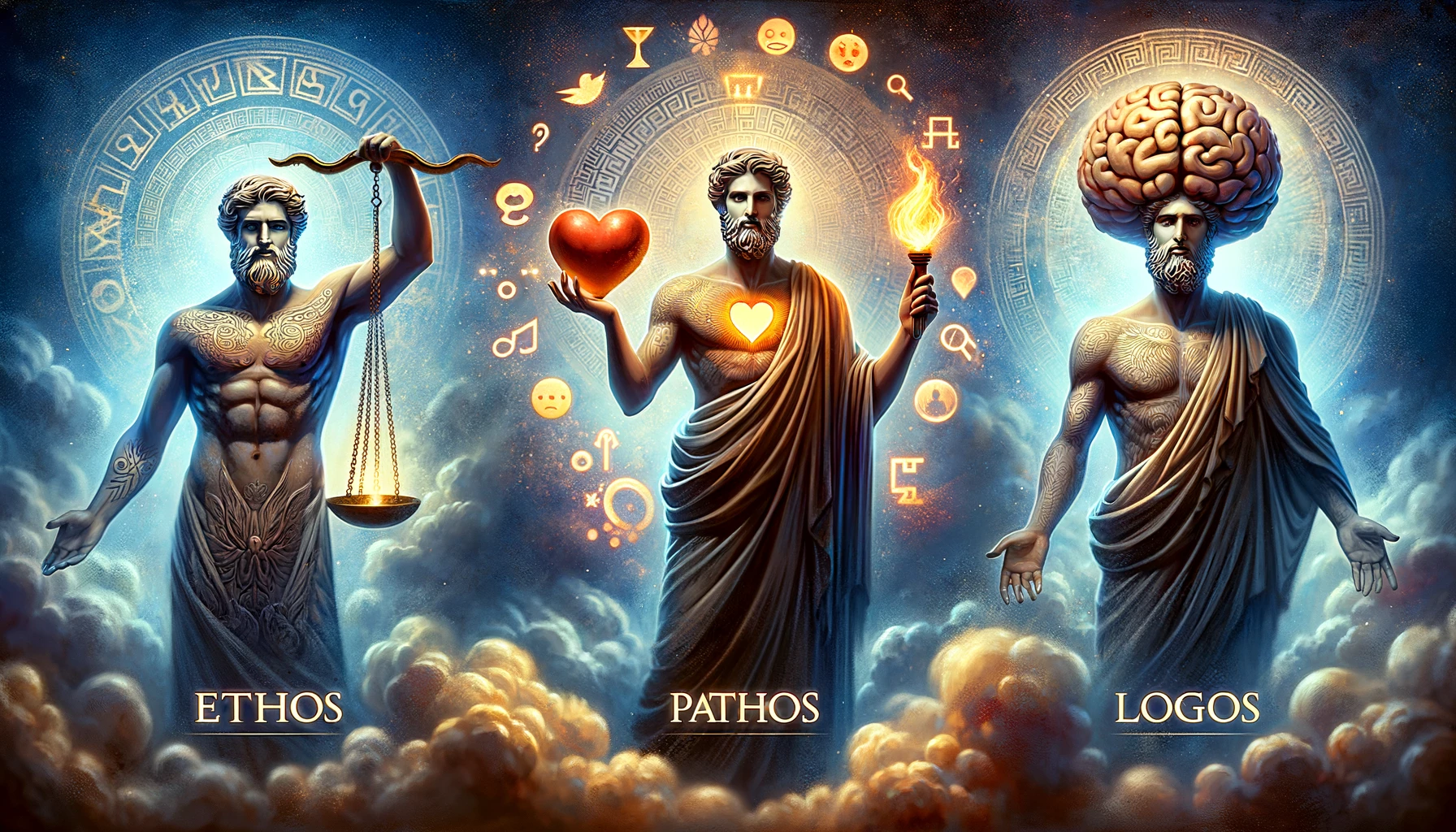
In this post, we’ll break down what they are and how these timeless principles are still at work in today’s digital advertising.
The Origin: Aristotle’s Principles of Persuasion
Ethos, pathos, and logos are not new ideas.
They date back to Ancient Greece, coined by the philosopher Aristotle in his work on rhetoric, the art of effective speaking and writing.
Aristotle recognized these three elements as the cornerstones of persuasive communication, each serving a distinct purpose:
Ethos
Establishing credibility and trust. Ethos appeals to the ethical or moral values of the audience and establishes the speaker’s/writer’s credibility.
Pathos
Creating an emotional connection. Pathos appeals to the audience’s emotions, tapping into feelings to persuade.
Logos
Using logical argumentation and facts. Logos relies on reasoning and evidence to convince the audience.
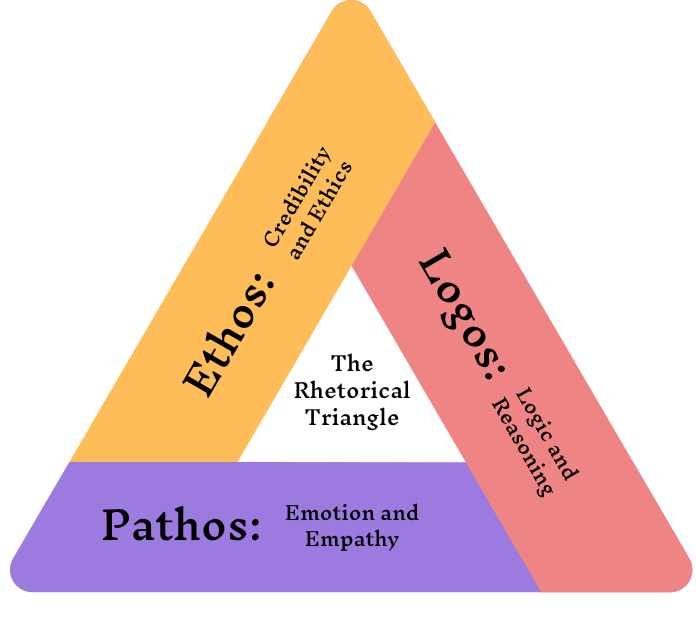
While initially intended for orators and writers, these principles have broader applications, including human psychology and decision-making.
Their Role in Advertising
Did someone say human psychology and decision-making? That’s exactly where great advertising shines.
By leveraging ethos, pathos, and logos, advertisers can connect with audiences on a deeper level:
Ethos in advertising isn’t just about building brand trust and credibility; it’s about creating a reliable and ethical image that resonates with consumers.
Pathos goes beyond forging emotional bonds; it’s about crafting narratives that speak directly to the hearts of the audience, driving engagement and loyalty.
Logos involves more than just persuading through reasoning and facts; it’s about presenting clear, logical arguments that make consumers feel informed and confident in their decisions.
Next, we’ll look a little closer at each principle and how it gets integrated into successful advertising strategies.
Ethos: The Trust Factor
If you’re asking people to part with their time or money, they need to believe in you. That means your brand needs to show up as the expert in the room, the reliable neighbor, or the experienced guide leading the way.
2024 Super Bowl commercial from State Farm
Each customer interaction contributes to your brand’s overall perceived ethos. This is true offline, and it’s true online as well.
A user-friendly website and a wealth of positive reviews can significantly enhance your brand’s credibility.
Of course, it can work the opposite way as well. 32% of consumers say they’d stop doing business with a brand they love after just one bad experience.
What Does a Trusted Ad Environment Look Like?
Consider a well-organized retail store with knowledgeable staff and high-quality products.
This environment creates a sense of trust and reliability in the brand, reflecting its commitment to excellence and customer service.
This concept applies to ad placement as well.
The environment where your ad is seen can significantly affect how your brand’s credibility and professionalism are perceived.
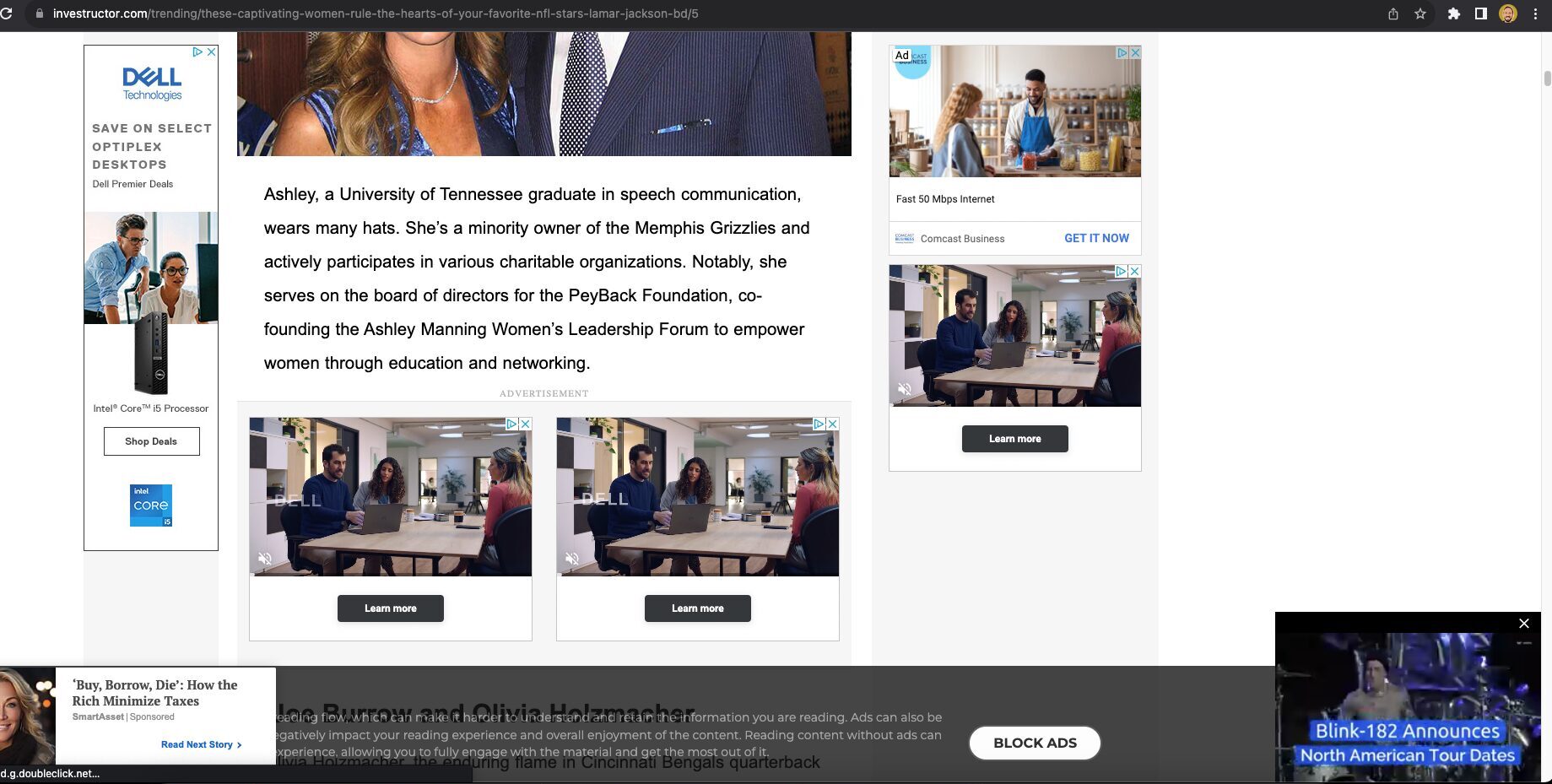
Ads displayed on reputable, well-designed sites convey a sense of authority and trustworthiness, aligning your brand with these qualities.
Conversely, ads running next to clickbait junk ads that send out hundreds of requests to external parties can harm your brand’s ethos, undermining your established reliability and integrity.
Pathos: Connecting Through the Feels
Moving on to pathos, it’s all about hitting the heartstrings.
Ever seen an ad that made you laugh, cry, or want to hug a puppy? That’s pathos doing its heavy lifting.
2024 Super Bowl commercial from Budweiser. Dogs AND horses just ain’t fair
Emotion is the fast lane to getting people to notice and remember your brand.
It’s like that one friend who always has the best stories at parties—you remember them and the stories, and you want to hear more.
How User Experience Enhances Pathos
When you go to the movies, your overall experience includes more than what is on the screen. That’s why movie theaters invest in comfy leather chairs, cutting-edge surround sound systems, and bottomless popcorn buckets.

These elements are not just amenities; they’re tools for evoking feelings of comfort and indulgence, a perfect example of pathos in action.
Just like in the movies, the experience of seeing an ad extends beyond the ad’s borders. It’s about creating a feeling, an emotional environment for your message.
Ads on slow, jittery, or ad-heavy sites can frustrate and annoy, negatively impacting the pathos-driven emotional appeal of your brand.
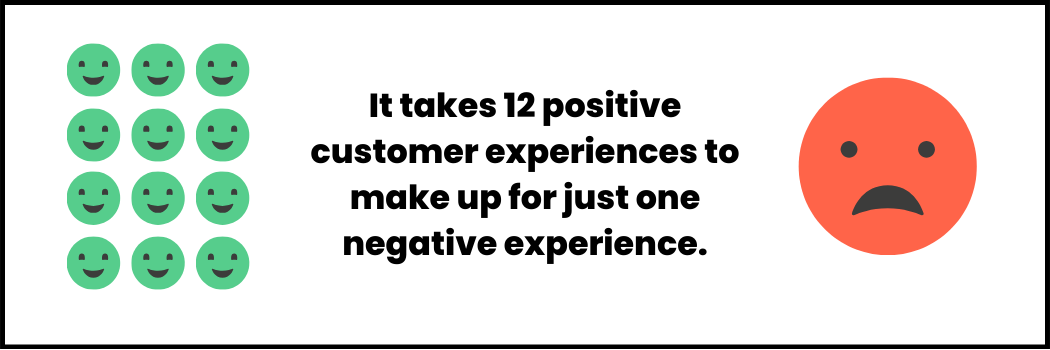
On the other hand, placing ads in fast, clean, and user-friendly spaces contributes to a positive and enjoyable user experience, enhancing the emotional connection with your brand and making your message more memorable.
Logos: The Proof Is in the Pudding
Think of logos as your evidence locker. You’ve got user stats, success stories, and endorsements up your sleeve.
It’s showing potential customers that people just like them love your product. Or that 9 out of 10 dentists really do recommend your toothpaste.

Logos turns your claims into credible arguments, providing tangible proof that wins over the staunchest skeptics.
Cutting Through the Noise with Clarity
In a sea of ads, clarity is king. Logos helps you make a case for your product in the simplest terms possible.
You’re not trying to make people swoon; you’re getting them to nod their heads in agreement.
Logos is more prevalent in some forms of advertising than others—like those long-form sales pages for a new gadget or a side-by-side comparison of your service against the competition.

In digital advertising, where every pixel counts, logos is about facts and figures paving the shortest path to a ‘yes.’
Best Practices: Strategically Blending Ethos, Pathos, and Logos
Digital advertising is like being a DJ of persuasion – skillfully mixing ethos, pathos, and logos to create the perfect blend for your audience.
Just as a DJ reads the crowd and adjusts the music to match the vibe, advertisers must understand their target demographic and tailor their message accordingly.
For example, marketing a security system might require a blend of ethos (credibility) and logos (factual reassurance), highlighting the brand’s reliability and the effectiveness of the system.
On the other hand, a new fashion brand might lean more on pathos (emotional appeal), evoking feelings of style, confidence, and uniqueness in their audience.
Advertisers should conduct thorough audience research, segment their market, and craft messages that speak directly to the desires and concerns of their target customers.
And remember: if you want your audience to listen to you, should listen to them first! Make sure your ad is part of an overall experience the user would love.
Wrapping It Up: Making Aristotle Proud
From ancient speeches to modern media, the principles of ethos, pathos, and logos have long underpinned how messages are crafted and received.
Today’s most impactful advertising campaigns masterfully harness these principles to forge stronger connections with their audience.
Ad practitioners looking to channel their inner Aristotle should consider the role of user experience in their digital ad approach.
A great UX enhances brand ethos by lending credibility to the message and amplifies pathos by creating a more emotionally appealing environment. Throw in a dash of good ol’ logos to pull it all together for your audience.
Your users (and bottom line) will thank you.
Bonus Coverage: Examples of Ethos, Pathos, and Logos in Advertising
Ethos Examples
Microsoft’s 2019 Super Bowl Commercial – “We All Win”
Microsoft’s ‘We All Win’ campaign highlights the Xbox Adaptive Controller, emphasizing the company’s commitment to inclusivity for gamers with limited mobility.
By focusing on accessibility, the advertisement bolsters Microsoft’s ethos, showcasing the company as both compassionate and forward-thinking.
Dove’s “Real Beauty” Campaign
Dove’s ‘Real Beauty’ campaign celebrates the diversity of women of all shapes, sizes, and ethnicities, promoting a more inclusive definition of beauty.
This long-standing campaign builds Dove’s ethos by aligning the brand with authenticity and body positivity, enhancing trust among consumers.
Pathos Examples
Google’s “Loretta” 2020 Super Bowl Commercial
Google’s “Loretta” ad, aired during the Super Bowl, tells the story of an elderly man using Google Assistant to keep the memory of his late wife alive.
This commercial effectively employs pathos, touching on themes of love, memory, and loss, to create a deep emotional connection with the audience.
Coca-Cola’s “Brotherly Love” 2016 Super Bowl Commercial
Coca-Cola’s “Brotherly Love” ad tells the story of two siblings growing up, highlighting their ups and downs, rivalries, and a touching moment of reconciliation.
This commercial effectively employs pathos, evoking emotions related to family, friendship, and forgiveness, forging a strong emotional connection with the audience.
Logos Examples
Volvo’s ‘The E.V.A. Initiative’
Volvo’s ‘The E.V.A. Initiative’ ad presents a logos-driven argument, emphasizing the company’s commitment to vehicle safety for everyone.
By sharing data and research, the ad provides a logical reason to trust Volvo’s cars.
Dyson’s Product Demonstration Commercials
Dyson often uses logos in its advertising by demonstrating how their technology works and why it’s superior to competitors.
Through clear explanations and demonstrations, they appeal to the audience’s rational side.
That’s it! What’s your favorite example of ethos, pathos, or logos in a commercial or ad campaign? Share with us in the comments!


